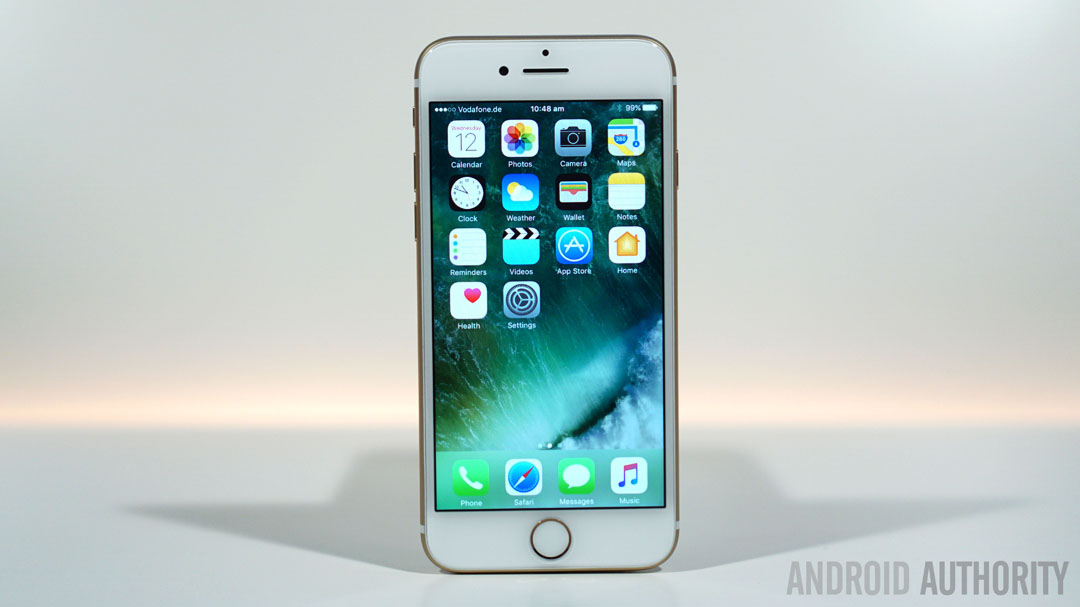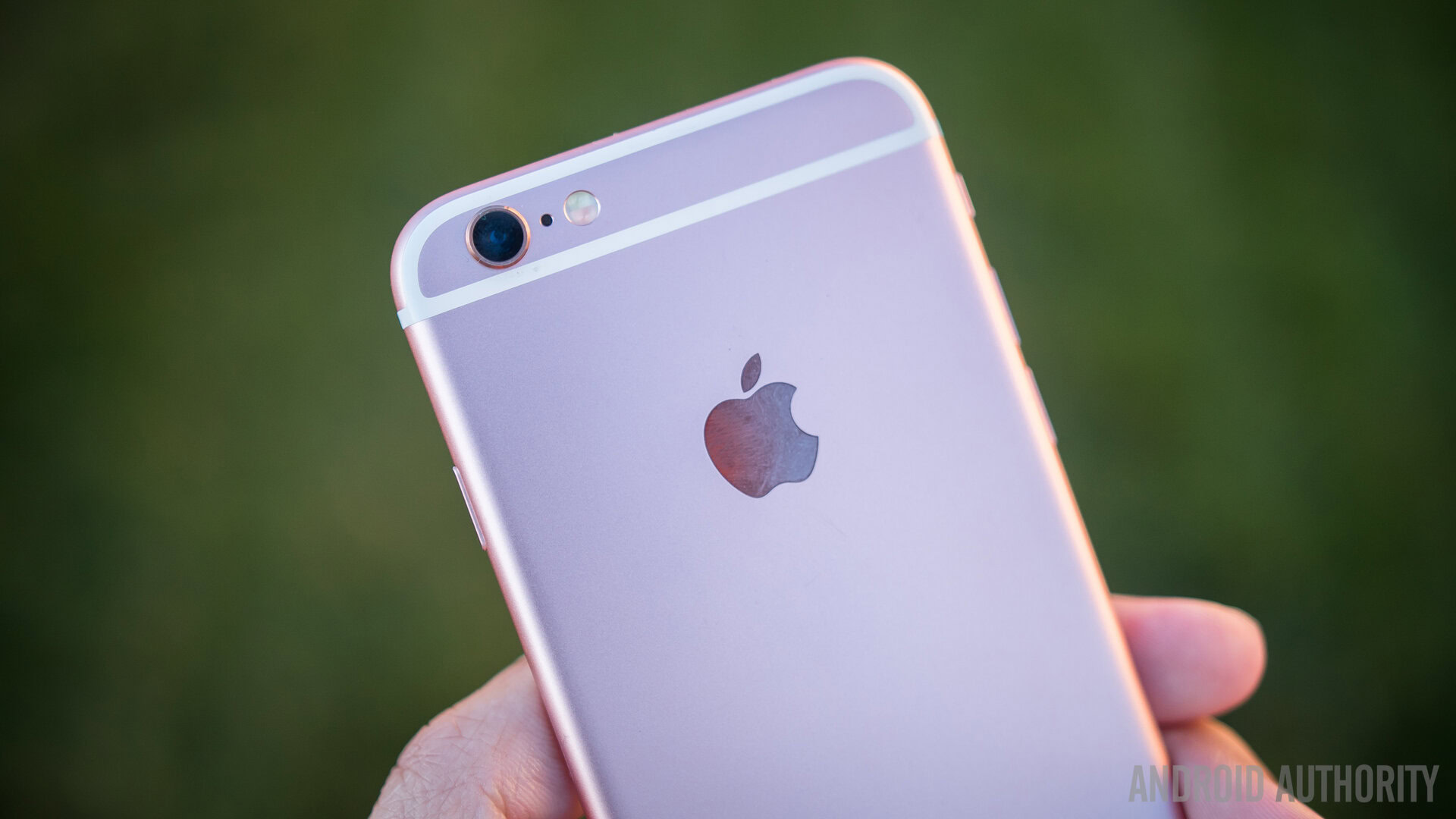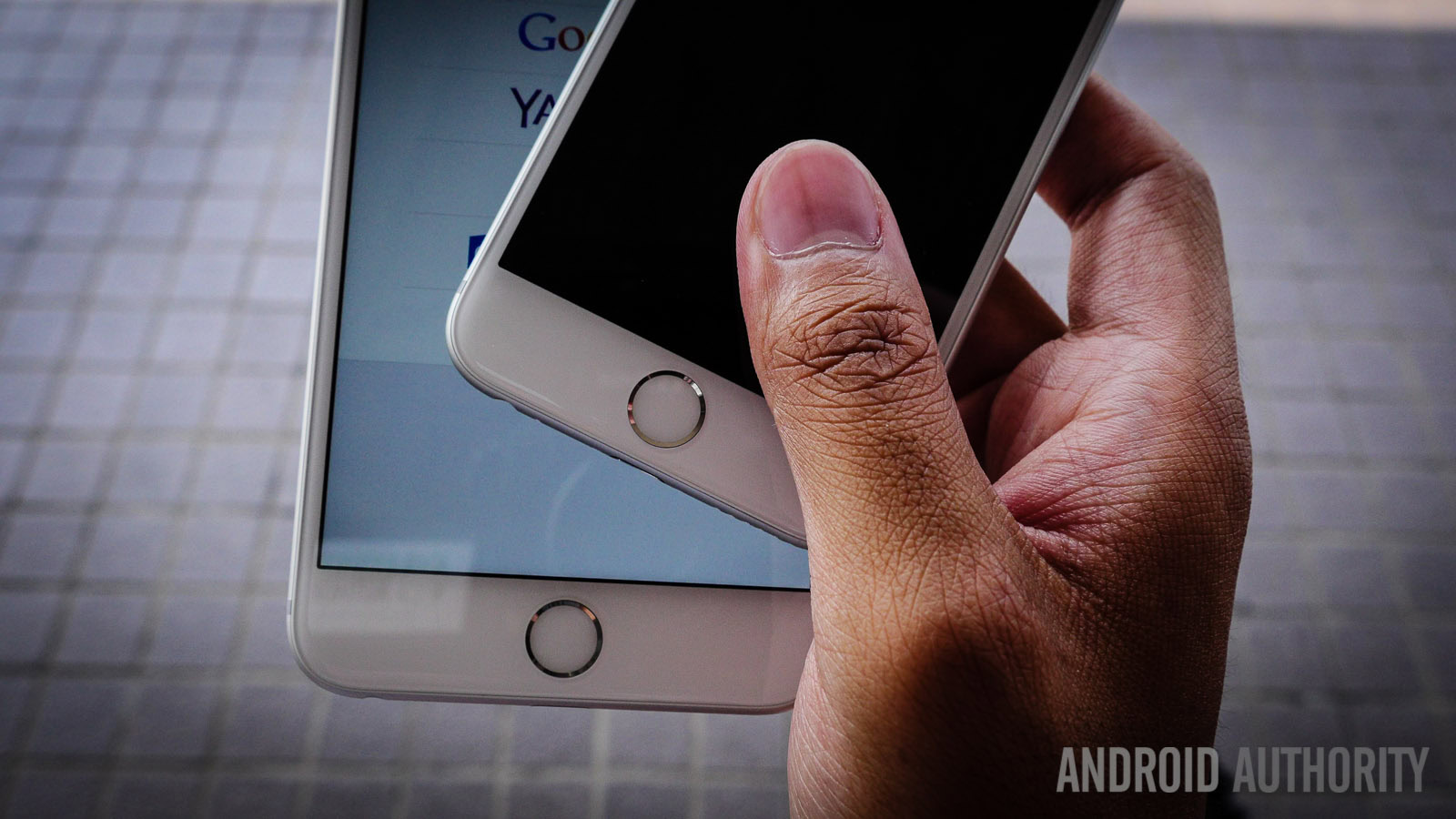Affiliate links on Android Authority may earn us a commission. Learn more.
How can Apple still sell iPhones at record average selling prices?

Let’s talk about iPhones for a second. Apple set a record last quarter by selling the most iPhones ever: 78.3 million of them with record revenues. But you may also have heard that during that quarter, the average selling price (ASP) of the iPhone was also at a record high of $694. Meanwhile, Android ASPs have been cut in half in the last half dozen years, from around $440 to just over $200. So how is Apple still able to command such high ASPs?
The first thing to know is how ASPs work. The ASP of a product, in this case, the various iPhones available at the current time, is calculated by taking the total sales revenue for a product or product line and dividing that number by how many units were sold. This allows companies and investors to gauge where most sales are coming from: the high end or the low end, whether that’s for the same product on sale or different products at different price points.

In Apple’s case, the current ASP for the iPhone is at a record high of $694. That’s obviously a lot. An average price of almost $700 for a smartphone is something most companies dream of. But, if you look at the iPhone 7, there’s only one option priced lower than that: the 32 GB iPhone 7 which costs $649. Increasing the storage capacity of the iPhone 7 bumps that RRP to $749 and $849 and the iPhone 7 Plus has price points at $769, $869 and $969 (a slight increase over the iPhone 6 Plus prices).
There's only one iPhone 7 option priced lower than the iPhone's current record-high ASP.
But does that mean the vast majority of iPhone purchases are of the entry-level 32 GB model rather than the higher capacities or Plus models? Not necessarily. While Apple has a lot more higher priced iPhone 7 options than its current average selling price, Apple also reduces the price of last year’s iPhone model when the new iPhone launches. So the seemingly “low” ASP of the iPhone compared to current iPhone 7 pricing suddenly becomes a lot easier to understand.

It’s important to note that a lower ASP doesn’t necessarily mean bad things either. When Apple began selling the cheaper iPhone SE, which started at $399, the iPhone’s ASP dropped dramatically to $595. What this tells Apple is that there is clearly interest in a lower-priced iPhone. If no one was buying the iPhone SE then Apple’s ASP would have stayed high. And it would’ve also stayed high if no cheaper option was made available.
Android ASPs are dropping and iPhone ASPs are holding steady or even increasing. That indicates that Android buyers generally are more interested in lower cost handsets while iPhone owners prefer more expensive ones. This is hardly surprising news, but there are two things to consider here: there are still plenty of Android phones available in the iPhone’s price range, but there are also a lot more cheaper Android options available.
If there were more cheaper iPhone options, Apple's ASP would be much lower, as its drop in the wake of the SE shows.
That said, it’s equally obvious that there aren’t any iPhones priced at $150 or $250. If there were, Apple’s ASP would be much lower, as its drop in the wake of the SE shows.
So there’s a kind of circular logic here: the ASP of iPhones is high because iPhones are generally priced high and Android’s is lower because they are generally priced lower.
Apple has typically targeted a certain price point for the perception of value it implies. Given a greater spread of price points though, iPhone buyers would naturally opt for cheaper options.
The current ASP of the iPhone indicates that this is indeed true: while it’s high, it’s not as high as it could be. If the vast majority of iPhone buyers were investing in the larger capacity or Plus models, the iPhone’s current ASP would be closer to $800 rather than $700. But there are obviously a lot of folks either buying a marked down iPhone 6 or the entry-level iPhone 7 to bringing that average selling price down.
And yet the iPhone’s current ASP still is a record for the company. This could variably be attributed to slightly more iPhone buyers this year investing in the current range than the reduced last year’s model, or by the presence of slightly higher priced Plus models compared to last year. Or, it could be due to the fact that the 8 GB iPhone 5c is no longer available.

Let me explain. Just as Apple’s ASP dropped in 2013 when the lower-priced iPhone 5c was introduced, it still managed an increase in the following year when the even cheaper 8 GB model was made available. This was due to the introduction of the first Plus models, whose higher price points offset the lower price of the new 5c.
This year the 5c is no longer part of the ASP equation, but the affordable iPhone SE still is. The $4 increase in the iPhone ASP this year is therefore likely due to increased interest in the more expensive iPhone 7 Plus models. However, when the SE is no longer contributing to the iPhone’s ASP, and if Apple doesn’t release a new lower-price iPhone to replace it, you can expect Apple’s ASP to jump dramatically.
Google's ASP for the Pixels will be equally high, if not substantially higher than the iPhone
What I hope I’ve expressed here is that ASPs are a tricky business. Yes, they indicate the general price a consumer is willing to pay for a product and yes, Apple’s is remarkably high. But a lower ASP isn’t necessarily “worse”: if you can sell billions upon billions of units – as Android devices have – then a lower ASP isn’t a bad thing. ASPs are also heavily affected by the range of available price points (Google’s ASP for the Pixels will be equally high, if not substantially higher than the iPhone).
Apple has higher prices on the iPhone 7 range (at least for the Plus models) than it has ever had before and yet the company still managed to sell more iPhones than ever before. This just goes to show that Apple knows how to market high-priced devices. But the reasoning behind Apple’s incredibly high ASP is a combination of factors: established pricing, consumer willingness to buy at those prices, and a relative lack of cheaper alternatives.